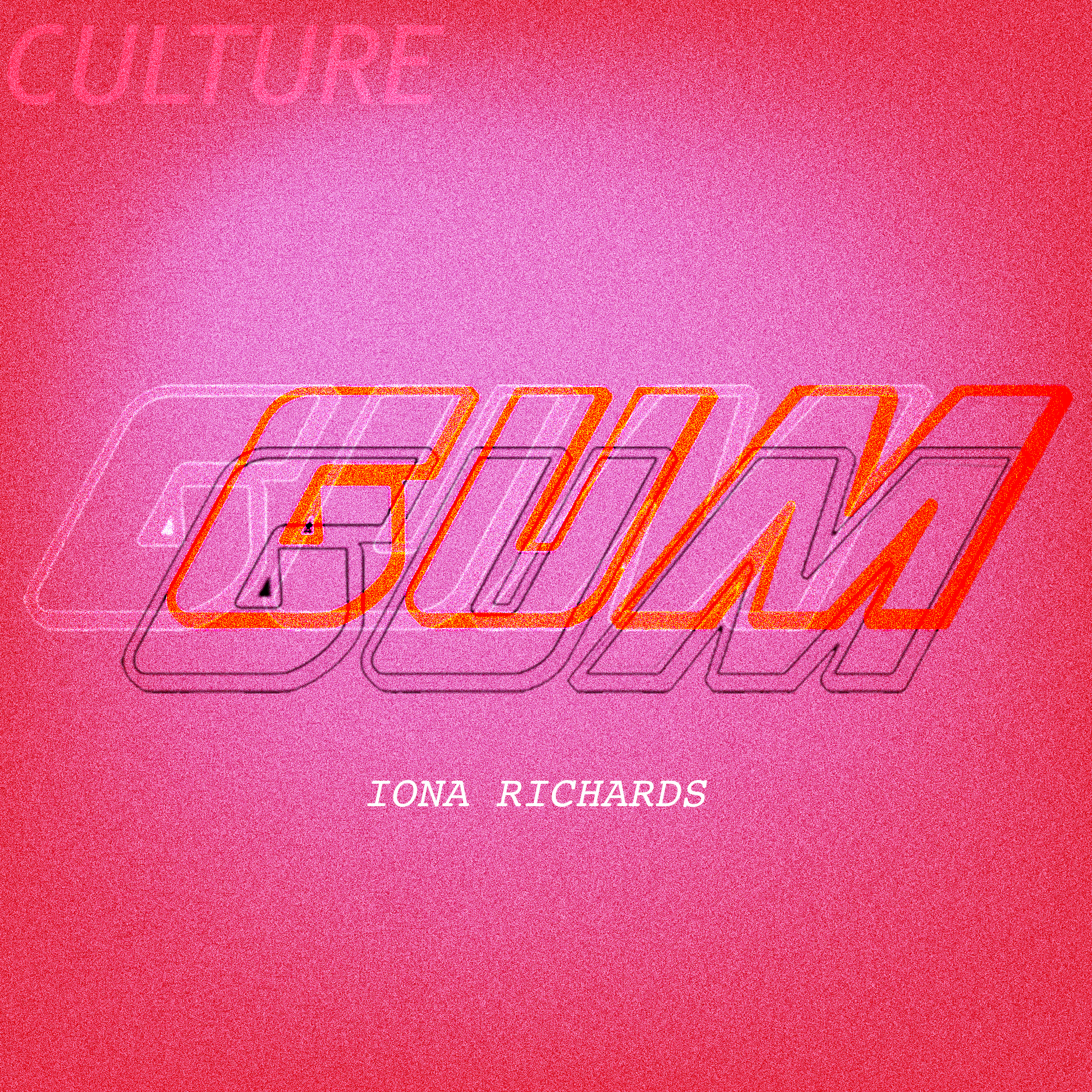Words: Iona Richards (She/Her)
Phoebe Bridgers’s lyric ‘a haunted house with a picket fence, to ghost around and haunt my friends’ came to mind while reading Haunted Houses, partly because of the title but also because the novel is a prime example of ‘sad girl literature’ that is so popular at the moment. If you like Mitski or Phoebe Bridgers, you’ll love this novel. Although originally written in 1987, it has been re-published by Peninsula Press, resonating with a new generation with its painfully accurate story of what it means to become a young woman.
Lynne Tillman’s Haunted Houses is a novel that continually intrigues, as it unsparingly captures the transition from girlhood into womanhood through the perspectives of Grace, Emily and Jane. The novel begins with Jane, establishing a dark tone with the first sentence that tells us how ‘her father liked to scare her’. This opening gambit is indicative of the fractured parent/child relationships Haunted Houses explores. The examination of these relationships forces us to revisit what it means to grow up and how we have carried events from childhood and adolescence into our present lives. Tillman deftly recognises that ‘real conflicts arise when a girl grows older; as we have seen, she wished to establish her independence from her mother’ as we hope to establish ourselves as distinct beings separate from our past and parents.
Alongside the mummy issues in the novel, there is internal conflict directed at ‘daddy’. Sylvia Plath’s ‘Daddy’ from the eponymous poem feels close when reading these passages. The daddy issues that the novel works through feel rooted in a modernist style, with wrought depictions of the interiority of characters. There is a passage about Jane’s father that grapples with these complex feelings within the general landscape of our harmful patriarchy: ‘but he’s your father, he’s not any man. Not any man. He is a man, the first man I knew. He was the only man for all of us, all of us women, wife, girls, daughters… He hates himself. He hates all of us. He loves himself sometimes, he loves us sometimes. Oh, Daddy’. These conflicting statements (here whirled and whipped by the winds of repetition) explore the uncertainty of self, an uncertainty that we hope will eventually settle within us, but Tillman shows us that they remain in adult life – even parenthood.
There are moments where I found the novel physically restrictive as if my spine was cast in iron, forcing me to put it down. It’s not especially graphic or gratuitously violent; instead, it holds up a distorted mirror of my memories. Forcing me to confront what I have experienced or watched other women experience. I was compelled to keep reading. It is not always joyous, and the characters are not always nice, but Tillman’s stylish prose keeps you hooked. She is masterfully skilled in depicting the unpleasant and the uncomfortable; it is her ability to evoke in you the desire to see what lurks in the darkness, to witness horror, to understand pain. Perhaps I could only keep reading because, as uncomfortable as it is to face, I saw elements of my life and my friends’ lives, relationships, and transitions into womanhood in this novel. Tillman refused to let me look away.
Haunted Houses asks if being a woman is to be desired by men, whether or not you desire to be desired. Tillman questions whether you are a woman once you lose your virginity or once you fall in love. Womanhood is the loss of innocence because ‘innocence meant you’d never grow old because you could not really be touched. Maybe she meant damaged, she couldn’t get damaged’. This exploration of lost innocence is uncomfortable with the references to physical abuse from early pages and the relationship between the two. Yet, although emotional and physical abuse is a constant narrative pull, Tillman doesn’t glamourise the pain that her characters face. The women in Haunted Houses aren’t reduced to their trauma. Instead, it locates their trauma as a part of the wider narrative. The girls’ narratives though distinct and separate, are intertwined; they never physically meet, but Tillman’s consciousness-bending style blurs the boundaries between them, heightened by her exploration of collective womanhood that is tragically bound up in shared trauma.
You don’t have to like the characters to enjoy this book; I know I didn’t. But maybe I didn’t like them because, at times, it was an uncomfortable truth to face the unpleasant parts of being a woman and growing up reflected in a way that didn’t feel fictional. Tillman’s style makes Haunted Houses compelling, and although it is an uncomfortable read at times, Tillman’s novel will continue to haunt your thoughts long after you finish reading it.

